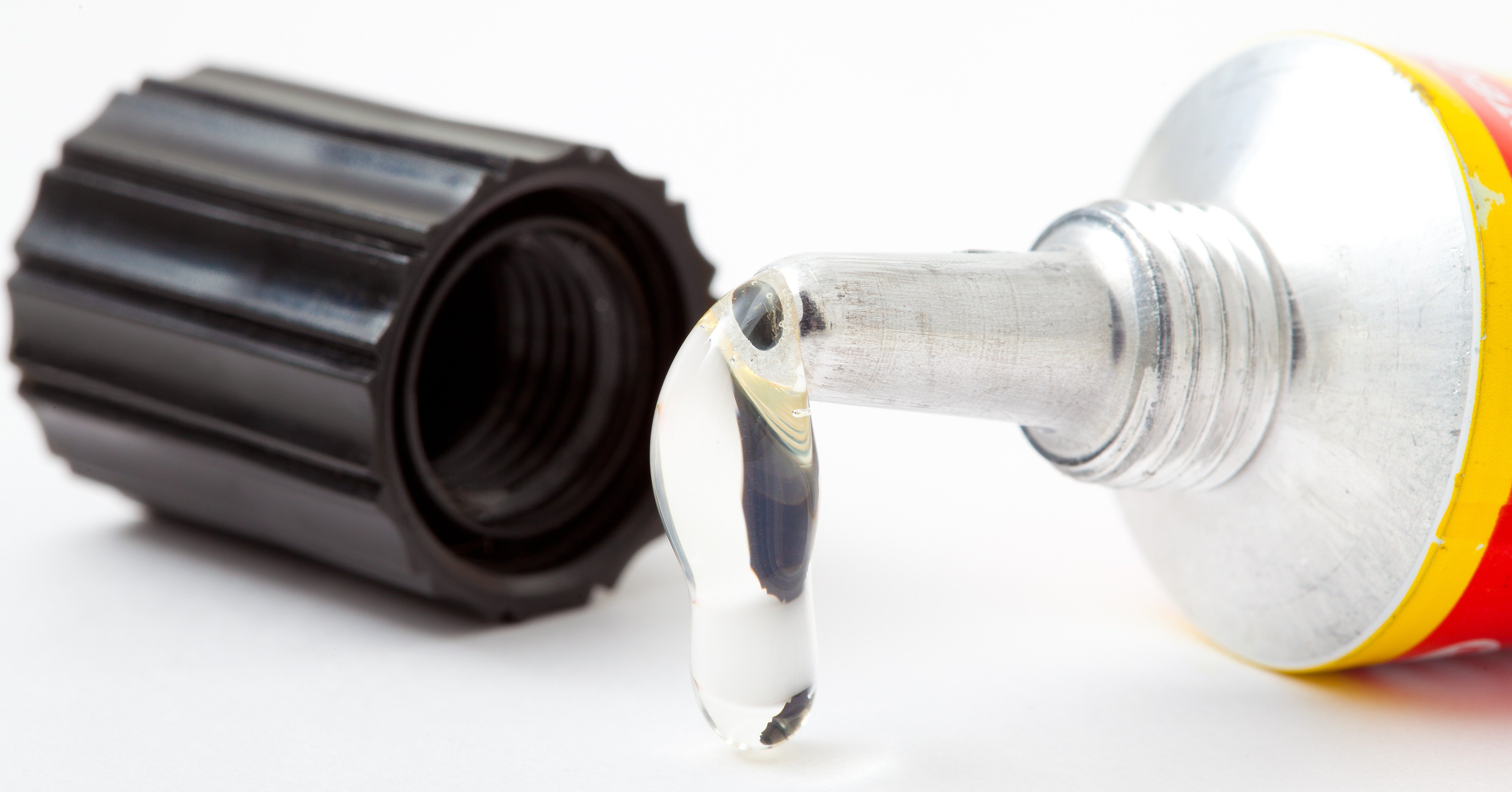The Guide to Switch from Adhesive Bonding to Plastic Welding
Introduction
In manufacturing and product assembly, choosing the proper joining method is critical to ensure the end product's strength, durability, and efficiency. Adhesive bonding is a common method for assembling plastic parts. But as product demand increases, the need for faster and more cost-effective joining methods arises. Plastic welding is a popular alternative to adhesive bonding that produces more durable, reliable, and cost-effective assemblies.
In this blog post, we'll explore the risks associated with adhesive bonding, the benefits of plastic welding, and the challenges associated with transitioning from one bonding method to another. We'll also provide practical tips and expert advice on how to switch from adhesive bonding to plastic welding successfully.
Risks of Adhesive Bonding
The primary risk of adhesive bonding is that the bond strength can weaken over time due to environmental factors like temperature, humidity, and UV radiation. This can lead to a decrease in product performance and, eventually, failure. Furthermore, adhesive bonding requires a clean surface, which can be time-consuming and costly to achieve. Additionally, the bonding process can be affected by variables such as adhesive viscosity, substrate type, and adhesive cure time, which can result in inconsistent bonding quality.
Benefits of Plastic Welding
When it comes to joining plastics, welding has several advantages over adhesive bonding. Firstly, welding creates a stronger bond by melting the plastic together rather than just relying on surface adhesion. This makes it perfect for applications where durability and strength are important.
Secondly, welding is more scalable than adhesive bonding, meaning it can handle increased production quantities without compromising quality. Additionally, welding provides a cleaner and more seamless finish, as there is no excess glue or adhesive residue left behind.
Another upside to welding is lower production costs, as most welding processes take less time than it does to apply, clamp, and cure glue in an assembly.
Lastly, welded bonds are not affected by temperature or humidity changes, making them ideal for harsh environments. Welding also eliminates the need for surface preparation, simplifies manufacturing, and reduces material waste.
Challenges of Switching to Plastic Welding
Switching from adhesive bonding to plastic welding can be challenging, requiring different skills, equipment, and processes. The cost of investing in a plastic welding machine can also be a barrier for many businesses. Additionally, personnel may require training on operating the machine and selecting the best welding process for their application. However, these challenges can be overcome, and the transition can be smooth with the right tools and guidance.
Tips and Advice for Switching to Plastic Welding
When making the switch to plastic welding, it's crucial to follow a series of essential steps to achieve the best possible outcome. One of the most critical factors is selecting the right plastic welding technology that's tailored to your specific needs. Industries must invest time and resources in understanding the various plastic welding techniques available, such as ultrasonic, hot plate, laser, and infrared welding. Each method possesses unique advantages and may be better suited for specific materials, geometries, and part requirements. Another essential aspect of this transition is to collaborate with plastic welding specialists to fine-tune the joint design of the assembly, which can significantly impact the overall effectiveness of the process and improve the end product's quality and reliability. For instance, proper joint design can reduce cycle time, improve joint strength, and reduce scrap rates. By addressing potential challenges systematically, manufacturers can reap the benefits of a more robust and efficient process.
Real-World Examples
Plastic welding has been successfully used in various industries, including automotive, medical, and energy, to achieve strong, durable bonds. For example, in automotive assembly, plastic welding is used to join plastic parts like headlights and door panels. In the medical industry, plastic welding is a safe and effective alternative to adhesive bonding for medical devices and pharmaceutical filtration. In the energy industry, plastic welding has proven to be indispensable in constructing and assembling large-scale battery modules for electric vehicles and energy storage systems. Plastic welding can benefit various industries and a wide range of plastic assemblies.
Key Takeaways and Additional Resources
In conclusion, engineers seeking to enhance product performance, decrease costs, and streamline manufacturing may benefit from transitioning from adhesive bonding to plastic welding. However, it's crucial to understand the risks and benefits of each bonding method, select the right plastic welding technology, and collaborate with experts to fine-tune the joint design of the assembly. By following these tips and advice, manufacturers can smoothly transition from adhesive bonding to plastic welding and achieve robust, reliable, and cost-effective assemblies.
How To Get Started
Learn more about the various welding technologies used in plastic product manufacturing.
Or send us a message below to get advice on your project from our industry experts.

